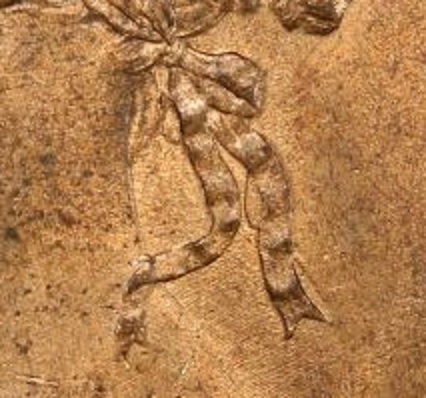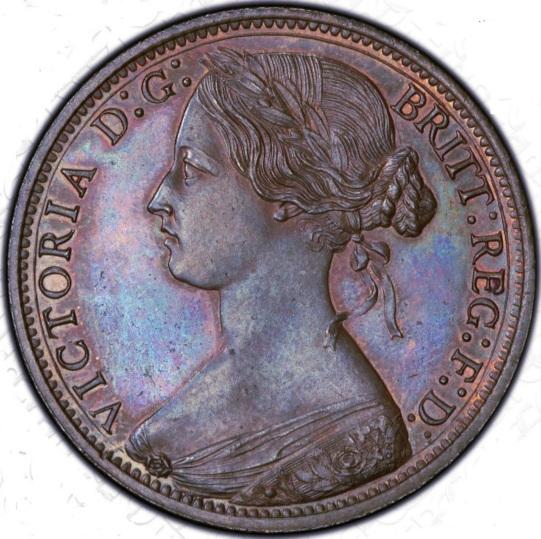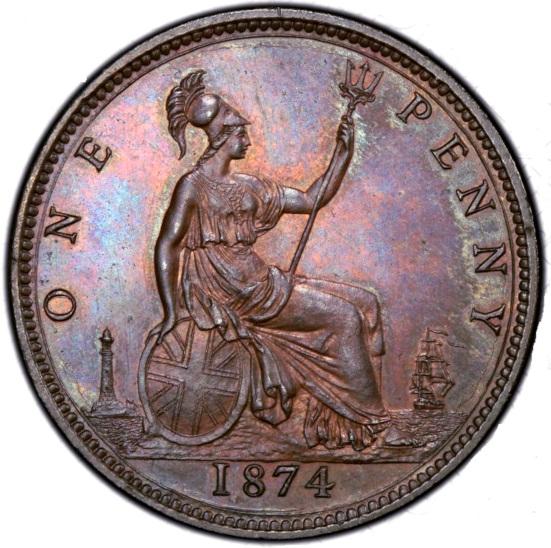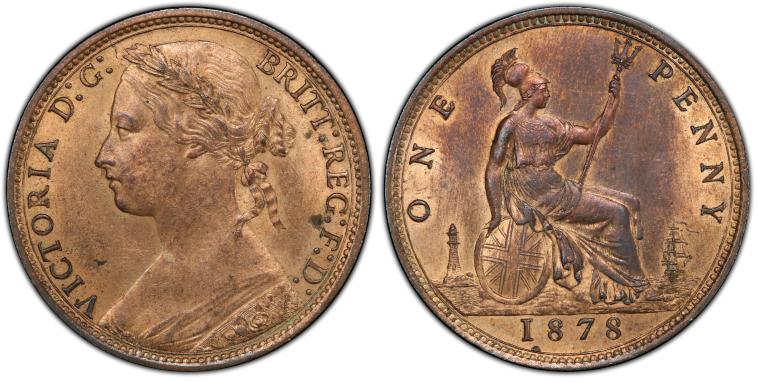|
|
The current range of books. Click the image above to see them on Amazon (printed and Kindle format). More info on coinpublications.com |
|
|


shane carew
-
Content Count
22 -
Joined
-
Last visited
-
Days Won
3
Posts posted by shane carew
-
-
17 hours ago, RLC35 said:Very neat dot and very rare too. There is a similar dot 1875 small penny too where the dot is on the obverse next to the I of Victoria. On that note let's not to forget the legendary 1875 large date cannon ball.
-
-
Lovely coins there @Oz
My sight is not what it used to be, blame it on age, but the lower colon dot looks closer to A than to B, which to me would rule out F176. On the Rev there are fewer than 13 teeth between the 1 and 3 so that would rule out F175.
-
Some lovely coins there @PWA
Just what the hell happened here? It looks like someone shot the die with a Magnum .357 just as it struck the planchet. Normally I would have said it was a 7 over 7 but with all the clashs and cruds I'd say I am not too sure. For anyone interested the coin is on eBay here.
-
 1
1
-
-
Yes indeed a die clash and I have seen the die-clash related spikes around the queen's neck, which resemble arrows from a pygmy's blowpipe. I raised this as interesting because the central fishtail of the 1860 penny could similarly be a consequence of another die clash, especially when the mainstream thought around this phenomenon is an incorrectly re-engraved die. It is for this reason that I deliberately picked-up a die-clash on the outer ribbon.
-
-
13 hours ago, secret santa said:and not even obverse 6 !
The seller is very consistent with his inconsistencies. It's not an obverse 6 or a reverse I or in AEF grade for that matter.
-
I feel this listing can be included here. For a seller who is so good at identifying micro-varieties, both known and made-up, I find it hard to believe he would make such a glaring mis-attribution. This is by no means a F69 and quite possibly one of the easiest of the 1874 variants to acquire. Things like this kill the hobby for the budding numismatist, however, on the other end of the spectrum you also have this happening to entice new enthusiasts to scour ebay.
-
@JLS there are no die breaks on this coin. Considering the Obv 6 and Rev G dies were in use since 1860 with 1874 being their last, I would have expected some die cracks to have made an appearance on the coin struck for currency purposes or for the coin to contain some strike imperfections such as missing detail around the shield or the breastplate. Both these imperfections are almost always present on the 1872 currency penny.
@Peckris: very interesting, pictures of the coin please?
@Jelida: "But can we reliably distinguish these from early currency strikes from ‘proof’ dies, or even ‘new’ normal working dies? Unless the existence of specimens is contemporaneously recorded, how can there be any certainty?" Exactly, you capture my predicament accurately. I've come across specimens housed in a special presentation case, as is the case with the 1935 crown, which are quite different to proofs that come housed in a very different type of presentation case. With copper and bronze coins I've seen them housed in presentation cases only when the coins are proof. Would that mean there were no specimen strikes at all with copper and bronze coins? Very unlikely I feel but that alone can't for the basis of a case for base metal specimen strikes. Hence here's me asking on an open forum hoping that someone knows.
-
Have you considered the change sorting machines, especially ones used by the drivers of the London buses in the 70s and 80s.
-
@Santa: Yes I have and the coin had a very sharp rim, but the coin is now slabbed. Also, the picture does not perfectly capture the bluish toning seen the coin.
@1949: The Copthorne coin that you refer to was a lovely 'specimen'. Indeed, the rim is a good indicator but there are no official specimens of this date bar the Heatons as you rightly point out. Further, the F67 is one variety that I've hardly seen about 6 in high grades and at least 2 out of those had a thick rim. -
Recently I came across a penny a Freeman 67, which is a rare type (6+H) that looked like it had been struck to a specimen standard. I could not find any reference of this type struck to either proof or specimen standard. Has anyone else come across one they would have thought was too good for a circulation strike?
-
 3
3
-
-
-
https://www.ebay.co.uk/itm/Very-Nice-Victoria-Bun-Head-1879-Penny-my-ref-71-/223650940409
Good luck if you intend to bid.
-
 1
1
-
-
There are better pictures of the coin on the original ebay listing 223650940409
-
Obv 9 by looking at the nostril alone. The lines need the coin to hand to be sure of.
-
 1
1
-
-
Time flies they say and staring at he clock, it feels really hard to come to terms with the fact that the last CCA at Croydon took place this morning. I have been a regular at CCA from the mid 90s and though their standards dropped quite significantly after Laurie Bamford they still managed the odd rarity, which made the trip to CCA from one end of the of the country to the other a worthwhile exercise. In my experience CCA could have been one of UK's top 5 coin auction-houses, but somewhere down the line they lost their way. In any case they leave behind a vacuum that would be hard to fill and I hope they will be remembered for the innumerable penny rarities that passed through their doors. I would have loved to have been there this morning if my dog hadn't broken its leg so I am having to send my wishes over the ether. My best wishes to Graham and Linda with whatever they plan to do next.
-
 2
2
-
 2
2
-
-
Very rare coin more so in such splendid grade
-
 1
1
-
-
https://www.ebay.co.uk/itm/English-Penny/382949337069?hash=item59298f27ed:g:XDYAAOSwngRc2REW
Genuine English Penny embossed with her magesty queen elisebeth the 2nd head. Including nose.Including nose?-
 2
2
-
 3
3
-
-
On 9/30/2019 at 10:33 PM, Peckris 2 said:I was the winning bidder there.

Congratulations its a spectacular coin.
-
 Coinpublications.com
Coinpublications.com






More Pennies
in British Coin Related Discussions & Enquiries
Posted
Happy new year
Is this one of those rare ones.?